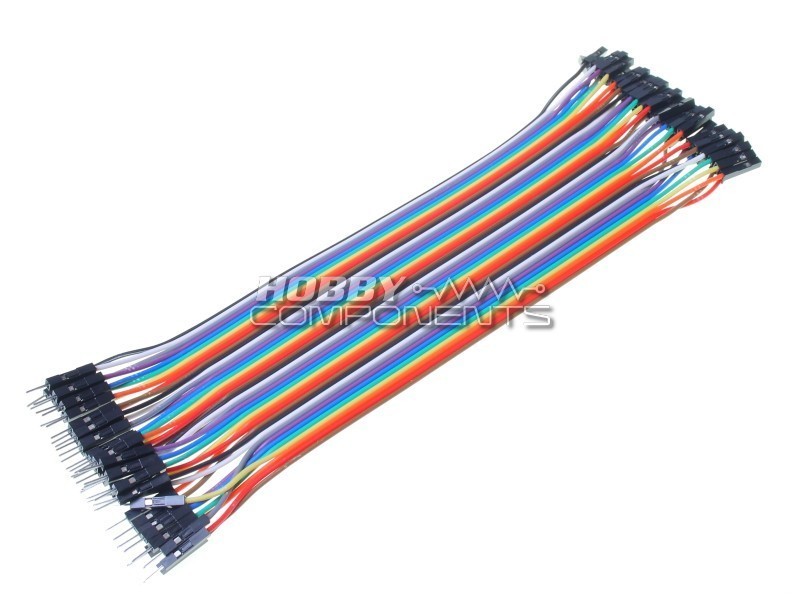The pin header strip arrived today, so I've made a 2-pin charging cable from a USB lead that came with an old phone charger. Having stripped back the outer insulation and shielding I was able to confirm my assumption that red is positive and black is ground with my multi-meter :-

My eyesight and hands reminded me that it is many years since I've done any soldering on this small scale! Fortunately some heat-shrink tubing hides the worst of it. Unfortunately I dwelled a bit too long and the plastic spacer softened sufficiently to make the pins loose. Fixed with a drop of superglue, I just hope that the 2mm pitch has been maintained - we'll see:-

I would be grateful if those more knowledgeable and experienced than me will confirm that the red(+) pin goes in the low- voltage cell socket on the BMS connector, and the black(-) goes in the next one immediately down - i.e. towards the black ground socket at the end?
While I had the soldering kit out I also made up a single pin lead with a block connecter at the other end, which will make testing individual sockets on the BMS connector safer and more convenient.
I have two mains adaptors, both with suitable USB sockets. One is a phone charger labelled 5v. 750mA. Can someone advise approx. how long it would take to lift the low cell group from 3.4v to match all the others at 4.2v?
The other is a Garmin adaptor for a Sat Nav. It is labelled 5.35v. 2.0A MAX. I'm assuming that this will charge quicker, but is that safe or desirable?

I really would welcome some assurance that I've got all this right before I "light the blue touchpaper"

, but as I'll be doing it outside that will have to wait for the weather to improve.













